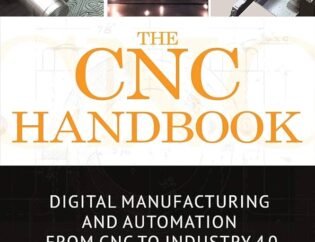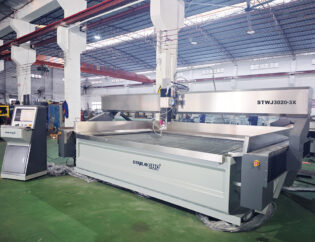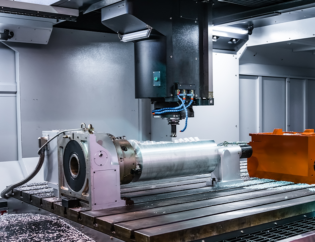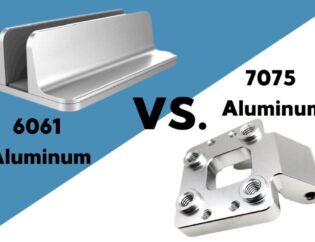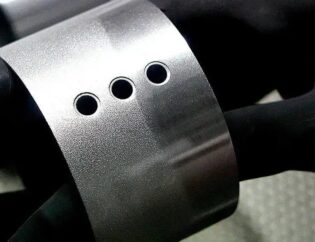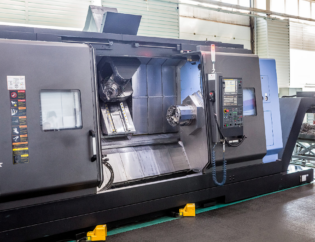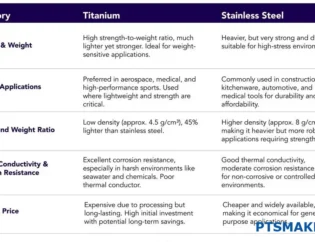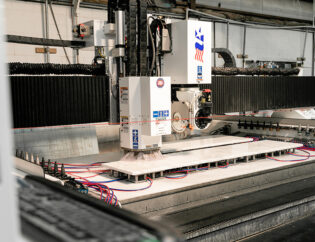Lathe machining is a fundamental process in manufacturing that transforms raw materials into precise components. This guide delves into the intricacies of lathe machining, emphasizing its significance in various industries, from automotive to aerospace. Understanding lathe operations is essential for engineers and machinists alike, as it enhances productivity and quality in production.
Readers can expect to learn about the different types of lathes, essential tools, and techniques used in machining. We will explore the setup process, cutting parameters, and maintenance practices that ensure optimal performance. Additionally, practical tips and troubleshooting advice will be provided to help you navigate common challenges in lathe machining.
By the end of this guide, you will have a comprehensive understanding of lathe machining, empowering you to apply these skills effectively in your projects. Whether you are a beginner or looking to refine your expertise, this resource will serve as a valuable reference in your machining journey.
Comprehensive Guide to Lathe Machining Parts
A lathe machine is a machine tool used to rotate various workpieces about one axis to perform different operations such as facing, turning, cutting, taper turning, knurling, drilling, etc. It helps to make a finished object. The various individual lathe machine parts are contributing or in action to give you a finished product. These parts are made with high precision to get a better result on the machine. Its assembly is complex, and it has higher accuracy in every operation. This article gives you all information about the different parts of a lathe machine & its functions.
Technical Features of Lathe Machines
Lathe machines are equipped with various technical features that enhance their functionality and precision. Below is a comparison table highlighting some of the key technical features of lathe machines.
| Feature | Description |
|---|---|
| Bed Material | Typically made of cast iron for rigidity and vibration absorption. |
| Spindle Speed | Adjustable speeds to accommodate different materials and operations. |
| Chuck Types | Various types including three-jaw, four-jaw, and collet chucks for versatility. |
| Tailstock Function | Provides support for long workpieces and holds tools for drilling and reaming. |
| Carriage Movement | Allows for precise control of the cutting tool’s position and movement. |
| Cooling System | Essential for reducing heat during machining, prolonging tool life. |
| Lead Screw | Facilitates automatic movement during threading operations. |
| Feed Rod | Transfers motion from the spindle to the carriage for various operations. |
Types of Lathe Machines
Lathe machines come in various types, each designed for specific applications and functionalities. Below is a comparison table of different types of lathe machines.
| Type | Description |
|---|---|
| Speed Lathe | Hand-operated, high-speed lathe used primarily for woodturning. |
| Center Lathe | Most common type, used for general machining of metal and wood. |
| Capstan Lathe | Designed for mass production with multiple tool holders. |
| Turret Lathe | Similar to capstan but allows for more complex operations. |
| Tool Room Lathe | Used for precision work, such as making jigs and fixtures. |
| Bench Lathe | Small lathe for precision tasks, often used by jewelers. |
| Automatic Lathe | Capable of automatically feeding tools, ideal for high-volume production. |
| CNC Lathe | Computer-controlled lathe for high precision and automation. |
| Wood Lathe | Specifically designed for woodwork, allowing for various shaping operations. |
Key Components of a Lathe Machine
1. Bed
The bed is the foundation of the lathe, providing a rigid structure to support other components. It is typically made of cast iron, which absorbs vibrations and ensures stability during operations.
2. Headstock
Located on the left side of the bed, the headstock houses the spindle, gears, and other components necessary for rotating the workpiece. It is crucial for controlling the speed and direction of rotation.
3. Tailstock
The tailstock is positioned opposite the headstock and provides support for the workpiece. It can be adjusted along the bed to accommodate different lengths of workpieces and holds tools for drilling and reaming.
4. Carriage
The carriage is a movable component that guides the cutting tool. It contains the saddle, cross slide, and tool post, allowing for precise control of the tool’s position during machining.
5. Chuck
The chuck is a work-holding device that secures the workpiece in place. Different types of chucks, such as three-jaw and four-jaw, are used depending on the shape and size of the workpiece.
6. Lead Screw
The lead screw is a long, threaded shaft that facilitates automatic movement of the carriage during threading operations. It ensures accurate positioning of the cutting tool.
7. Feed Rod
The feed rod transfers motion from the spindle to the carriage, enabling various machining operations such as turning and facing.
8. Chip Pan
The chip pan collects metal shavings and debris produced during machining, helping to maintain a clean workspace.
9. Cooling System
The cooling system sprays coolant onto the cutting area to reduce heat and prolong tool life. It is essential for maintaining optimal operating conditions.
10. Legs
The legs support the entire weight of the lathe and are typically bolted to the floor to prevent vibrations during operation.
Conclusion
Understanding the various parts and functions of a lathe machine is essential for anyone involved in machining operations. Each component plays a critical role in ensuring precision and efficiency. Whether you are using a lathe for metalworking or woodworking, familiarizing yourself with these parts will enhance your machining skills and improve the quality of your work.
FAQs
1. What is the primary function of a lathe machine?
The primary function of a lathe machine is to rotate a workpiece against a cutting tool to shape it into the desired form.
2. What materials are commonly used for the lathe bed?
Lathe beds are typically made of cast iron due to its rigidity and ability to absorb vibrations.
3. How does a cooling system benefit lathe operations?
A cooling system helps reduce heat generated during machining, prolonging tool life and improving surface finish.
4. What are the different types of chucks used in lathe machines?
Common types of chucks include three-jaw, four-jaw, collet, and magnetic chucks, each suited for different workpiece shapes.
5. Why is the lead screw important in a lathe machine?
The lead screw is crucial for providing automatic movement during threading operations, ensuring precise tool positioning.


